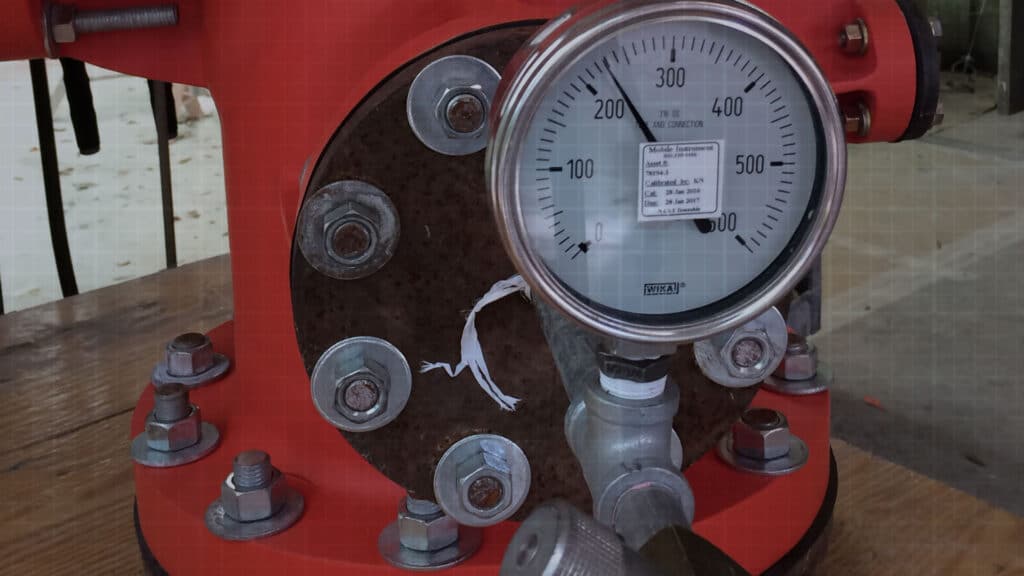In the previous article, Material Selection, we discussed the importance of proper material selection including what issues need to be considered in making the best selection. In this article, we are going to take our first look at pressure design of FRP piping components. We are going to look in turn at the three types of piping components, i.e. pipe, fittings, and joints.
FRP piping components are manufactured with a corrosion barrier and a structural laminate. The corrosion barrier provides the chemical resistance needed to protect the structural laminate, and the structural laminate provides the structural integrity needed for the piping component to perform its intended function. Structural design of piping components starts with pressure design, i.e. determining the thickness of the component necessary to safely withstand the applied pressure. There are a number of different methods used to determine the required thickness of components, and we are going to consider the most commonly used methods as we begin our discussion on pressure design by first looking at pipe.
Straight lengths of pipe are by far the simplest component to design in any piping system. The geometry is easy to analyze (i.e. a cylinder) and samples are relatively easy to test. The stresses in a pipe when exposed to pressure are:
\[S_h=\frac{P \cdot I D_s}{2 \cdot T_s} \quad\text { and }\quad S_{a x}=\frac{P \cdot I D_s}{4 \cdot T_s}
\]
where:
Sh = Hoop stress
Sax = Axial stress
P = Pressure
IDs = Inside diameter of structural wall
Ts = Thickness of structural wall
The above equations can be rearranged to:
\[T_s=\frac{P \cdot I D_s}{2 \cdot S_h} \quad \text { and } \quad T_s=\frac{P \cdot I D_s}{4 \cdot S_{a x}}
\]
From these equations, it can be seen that the hoop stress due to pressure is approximately twice that of the axial stress. So it is generally sufficient to determine the wall thickness required by simply satisfying the hoop stress equation. This assumes that the axial tensile strength of the pipe is at least half that of the hoop tensile strength, which is true for most commercially available FRP pipe.
To determine the required structural wall thickness for a particular size of pipe, and for a particular magnitude of pressure, we need to know the value of the allowable hoop stress. The most common methods for determining allowable hoop stress for FRP pipe are:
- Long term pressure testing in accordance with ASTM D2992 to determine the long term hoop tensile strength, and application of a suitable Design Factor (not less than 2 for static test method). This testing requires about 1.5 years to complete, so it has generally only been used for commodity FRP piping or for standard products. For example, RPS HPPE P-150 pipe and A150 pipe have been tested using this test method.
- Short term pressure testing in accordance with ASTM D1599 to determine the short term hoop tensile strength, and application of a suitable Design Factor (typically in the range of 6 – 10). This testing can be completed in a relatively short period of time making it ideal for custom-designed pipe.
- Determination of the elastic properties of the pipe using either laminate analysis or testing, and then calculating the allowable stress from a pre-determined maximum allowable strain. Maximum allowable strains are typically in the range of 0.0010 – 0.0200 depending on the severity of the service.

